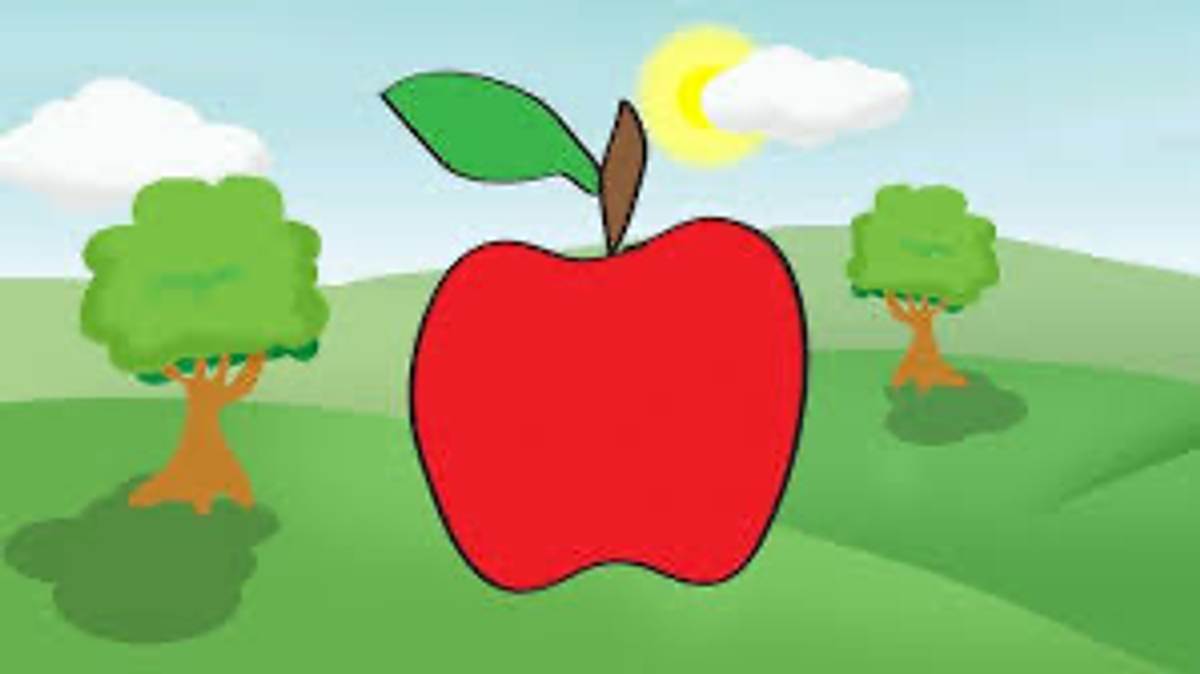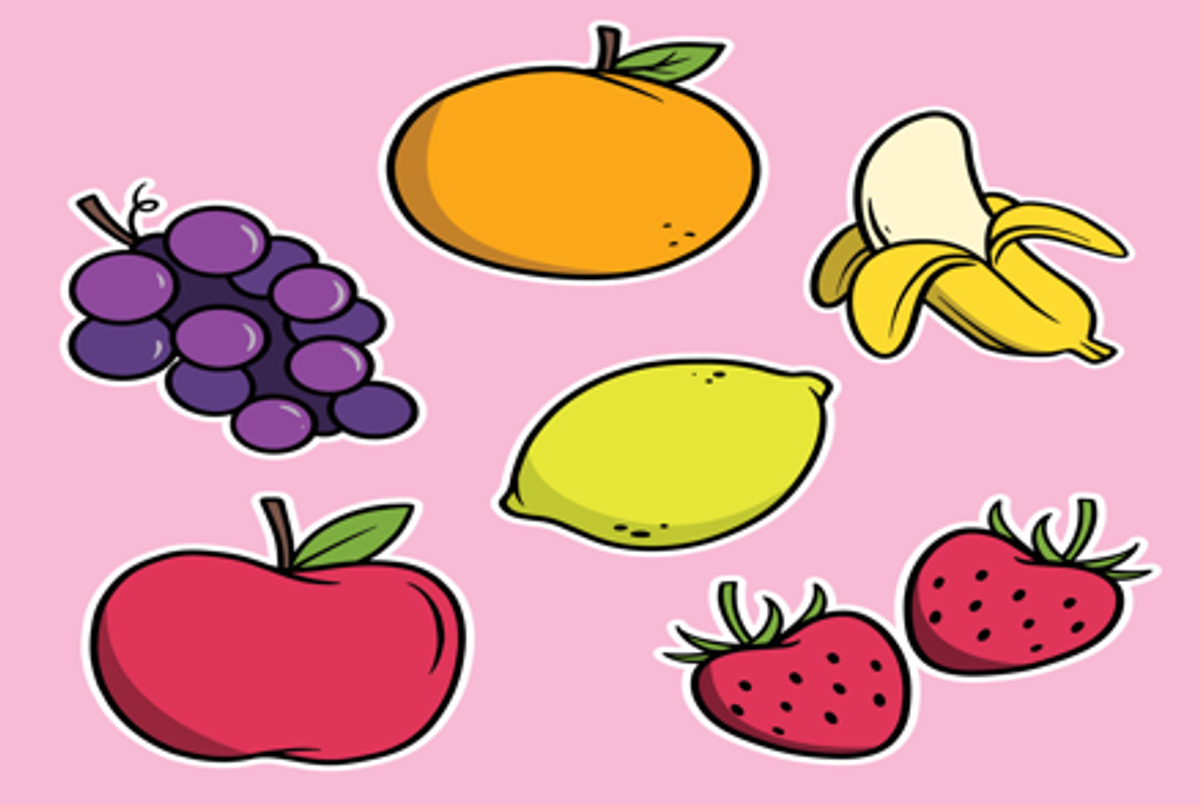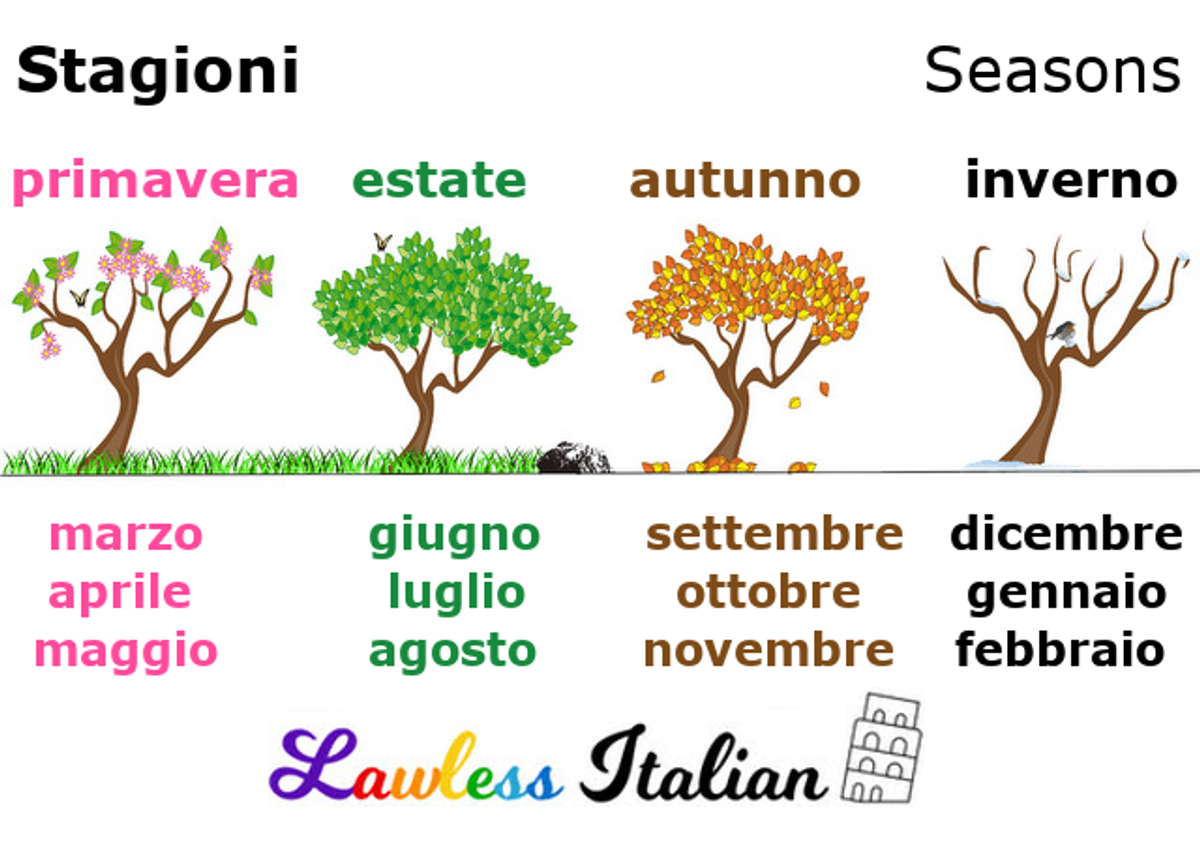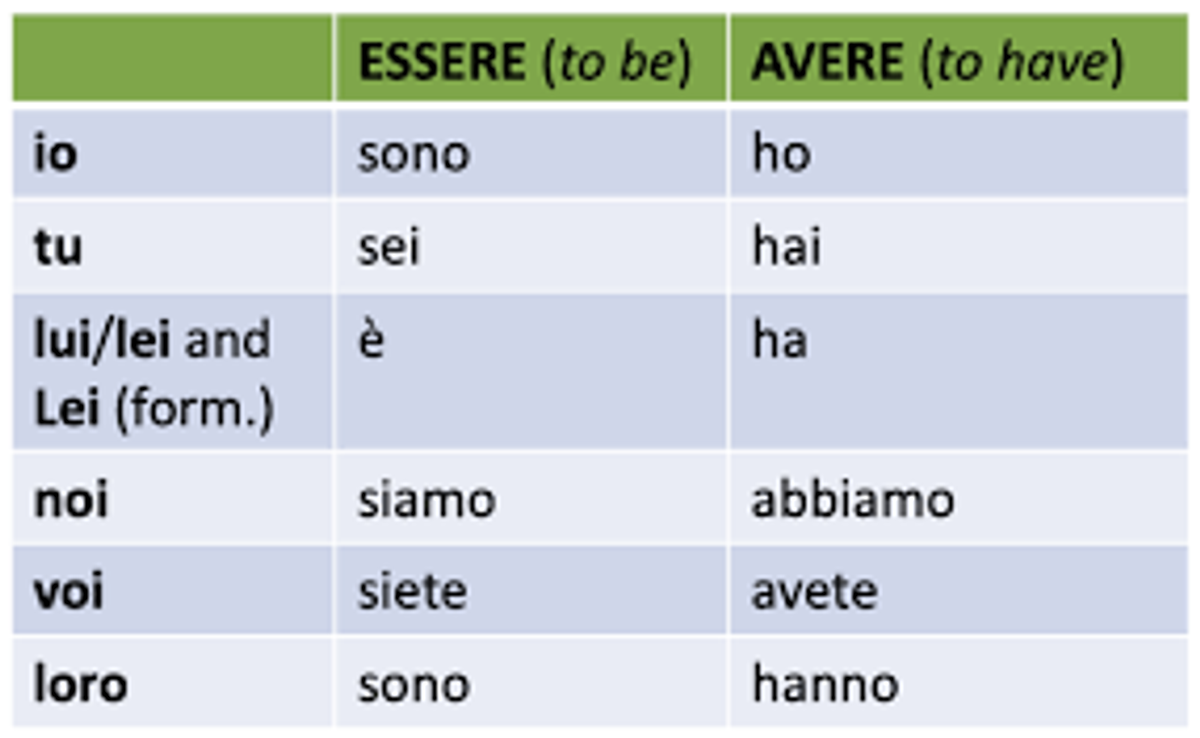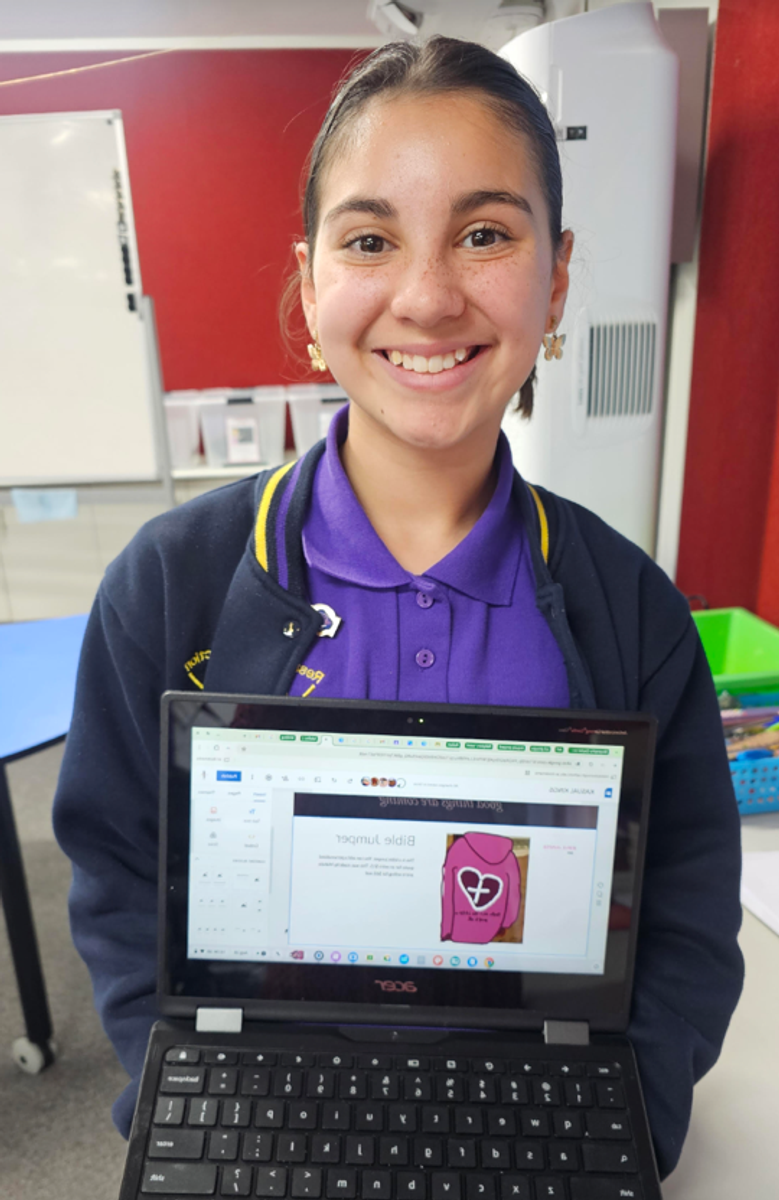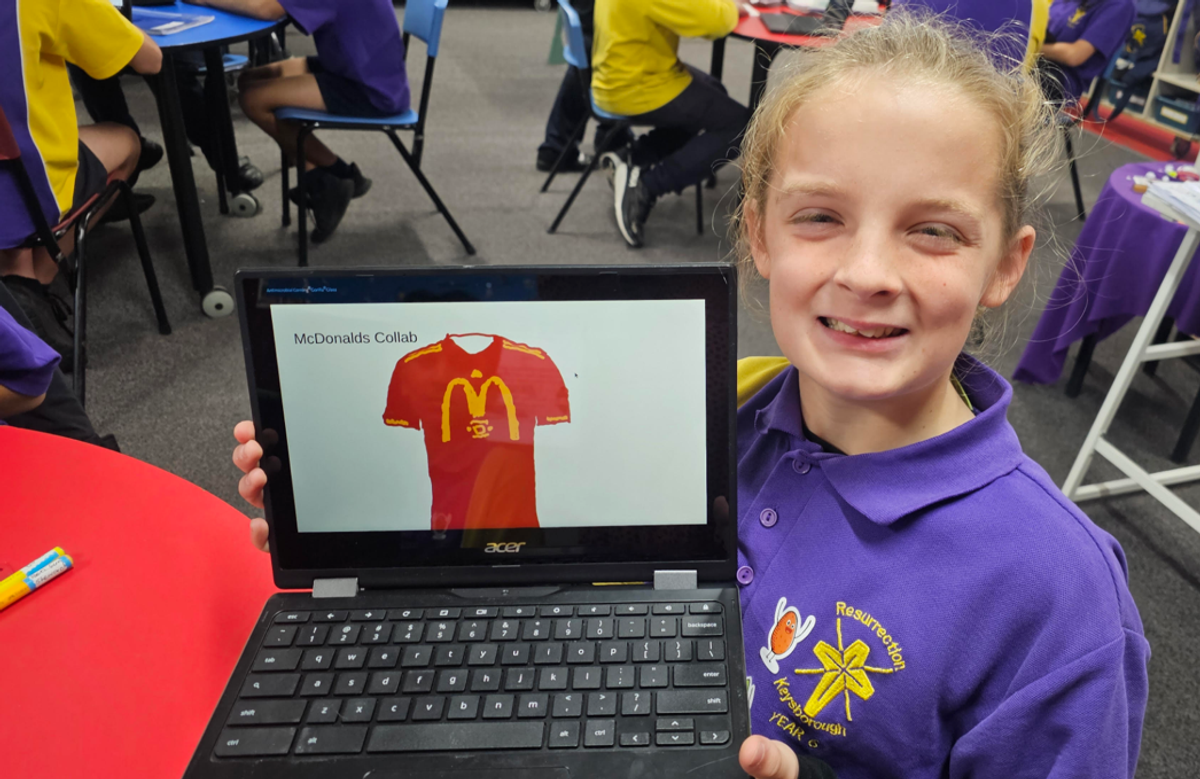Italian News
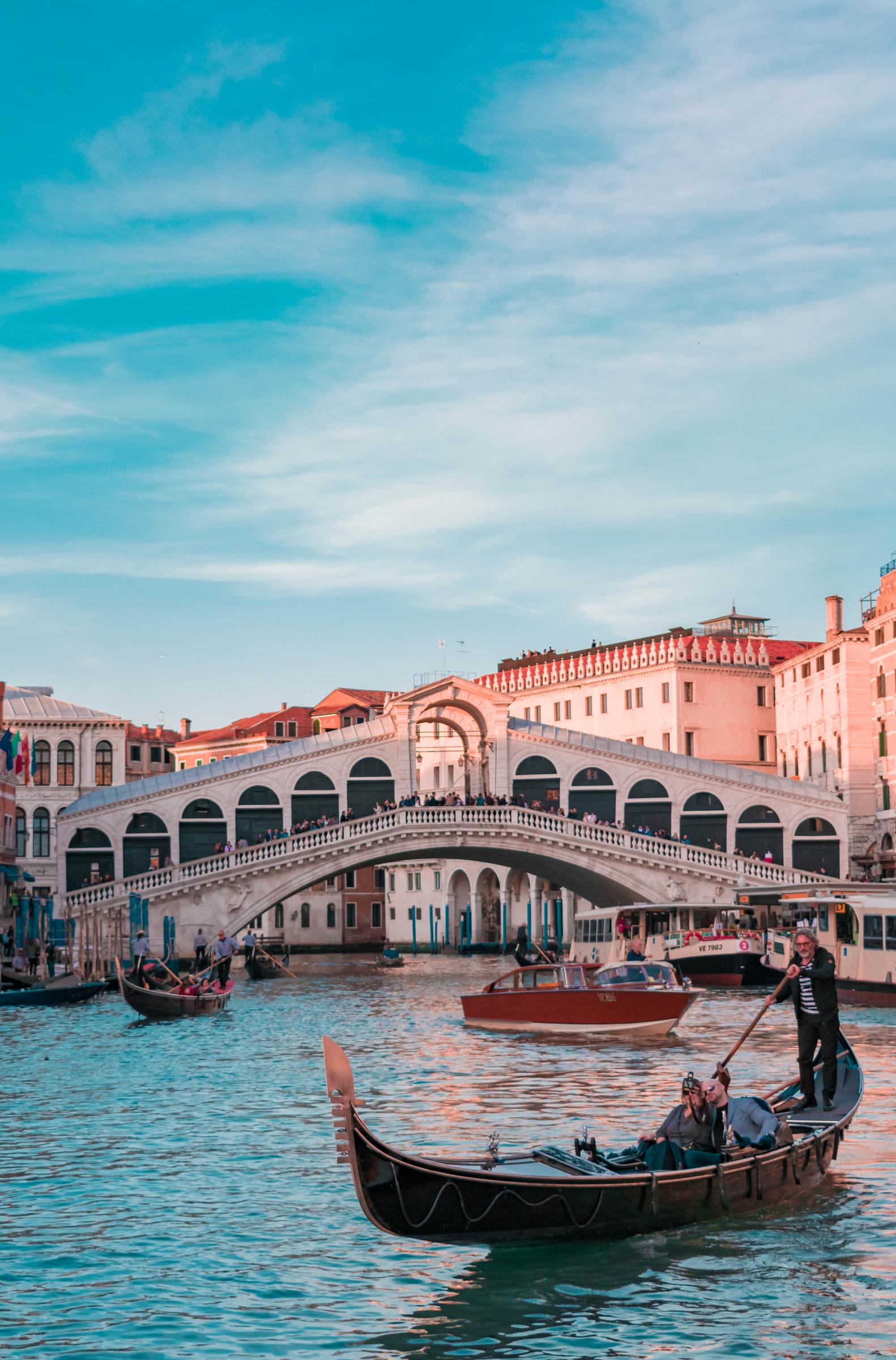
I T A L I A N T E R M 3
Foundation: In term 3, the Prep students have been learning names of “La frutta” (fruit).
La mela= apple
La pera= pear
L’arancia=orange
La fragola= strawberry
La banana= banana
Along with listening to our story Il bruco molto affamato - The Very Hungry Caterpillar (Versione italiana) di Eric Carle https://www.youtube.com/watch?v=77xLpEfoBc8
Year 1: In term 3, the Year One students have been learning names of “La frutta” (fruit) along with “Mi piace” and “No, non mi piace” (I like/No, I do not like).
Mi piace la mela. Non mi piace il limone. (Matilda)
Year 2: The students in Year Two have been focusing on “Mi piace” (I like) and “I mesi” (months).
Gennaio nevicate;Febbraio mascherate;Marzo pazzerello;Aprile con l’ombrello;Maggio fiori e frutti;Giugno a casa tutti;Luglio e agostoscuola non conosco;Settembre la vendemmia;Ottobre con la nebbia;Novembre e nasci tu;Dicembre il buon Gesù.
YEAR 3 & 4: The Year Three and Four students have been learning about “I Stagioni” and “I mesi”.
Winter in Italy
When the year starts in January, it is winter in Italy. Winter in Italian is ‘l’inverno.’
The cold season begins a few days before Christmas, on December 21, and ends on March 20. So it’s a season marked by the most important celebration of the Catholic calendar, Christmas, or ‘Natale’ in Italian. This is celebrated with big family meals, an exchange of presents, and eating lots of panettone and pandoro. Many Italians go to mass at midnight on Christmas Eve.
More holidays follow, with Santo Stefano (Boxing Day), Capodanno (New Year’s Day), and another Catholic celebration, l’Epifania (the Epiphany), on the sixth of January. Italians call this more popularly ‘la Befana,’ referring to the old lady on a broom who on that day brings sweets to good children and coal to naughty ones.
Schools are closed for this entire period, and many Italians use this time to go on vacation in the mountains, skiing or doing other winter sports. This is why the winter holiday is usually called ‘la settimana bianca’ (‘the white week’), as opposed to the long summer holidays, which are usually at the seaside.
Winter is also Carnival season. This is another Catholic holiday that does not always fall on the same day, but it’s usually in February or at the beginning of March. Traditionally, the Carnival is the last occasion to eat, drink and party before the restrictions of Lent.
During Carnival, there are parades in the streets of most cities and towns in Italy. Children (and not only children) dress up and throw coriandoli (confetti) and stelle filanti (streamers) in the air. In some cities the celebrations are particularly spectacular – the most famous Carnival celebrations are in Venice and Viareggio.
Fun fact: The last 3 days of January are believed to be the coldest of the year and are called ‘i giorni della merla’ (‘the blackbird days’) in Italian.
Year 5: The Year Five students have started the unit on “La familglia”. The unit also covers grammatical skill, conjugating verbs from first person to third person.
Year 6: Year Six students are ending their “I vestiti” (Clothing) unit, by creating a webpage with a logo/brand and designing designing clothing line.
